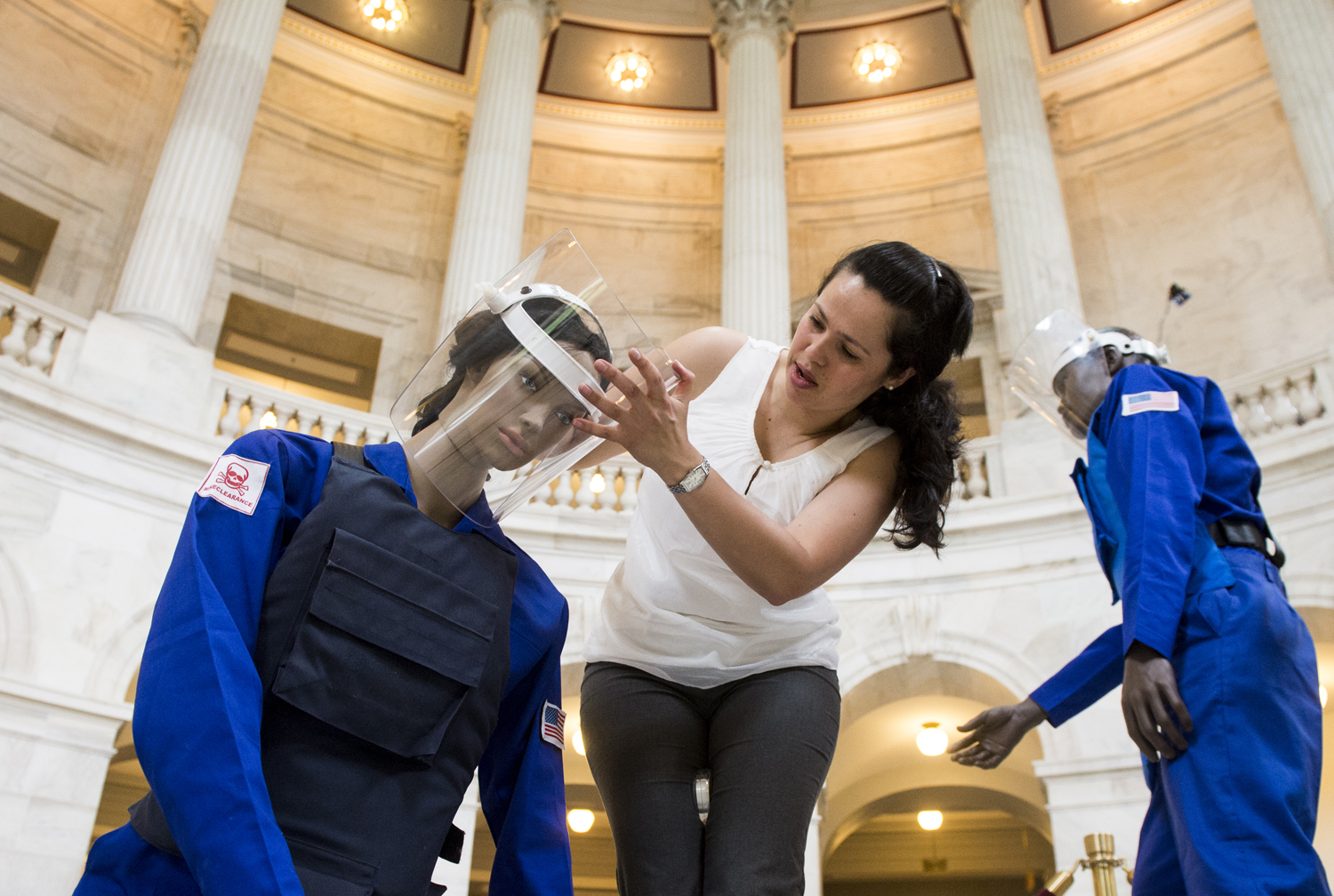
The United States will take steps to join a 15-year-old global treaty banning the use of antipersonnel landmines, the Obama administration said Friday.
The administration has previously said it was merely studying the Ottawa Convention, much to the dismay of human rights advocates for whom Washington’s unwillingness to sign the document has been a stain on the country’s record. While the U.S. still has yet to actually sign the treaty, Friday’s announcement signals a shift wherein the country will begin allowing its antipersonnel landmines to expire without then being replaced.
National Security Council Spokesperson Caitlin Hayden said in a statement Friday that the U.S. is “diligently pursuing solutions that would be compliant with and that would ultimately allow the United States to accede to the Ottawa Convention.”
The announcement came at the Third Review Conference of the Ottawa Convention in Maputo, Mozambique.
Human rights groups welcomed the policy change with restrained optimism. “The new thing here is the intent to join the treaty,” Stephen Goose, executive director of the arms division at Human Rights Watch, told the New York Times.
The effort to ban the use of antipersonnel landmines has been a major goal of the disarmament movement. The International Campaign to Ban Landmines says about 10 people lose a limb or are killed by a landmine or other similarly-explosive “remnant of war” every day. Landmines litter parts of 60 countries around the world, the group says.
Several world powers besides the U.S., including Russia, China and Iran, still have yet to sign the Ottawa Convention, which took effect in 1999.
Rats Sniff Out Danger: 15 Years of Land Mine Progress
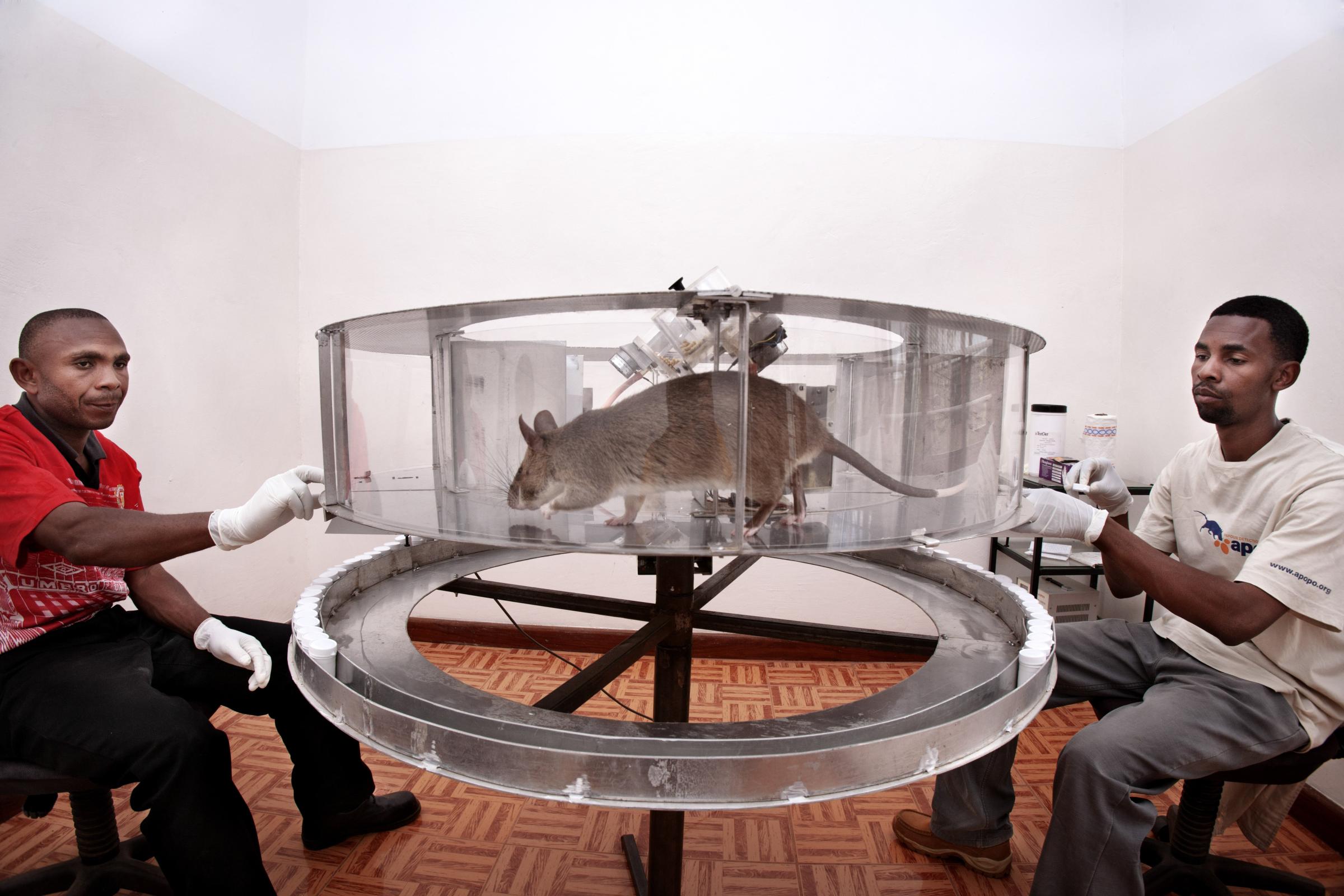

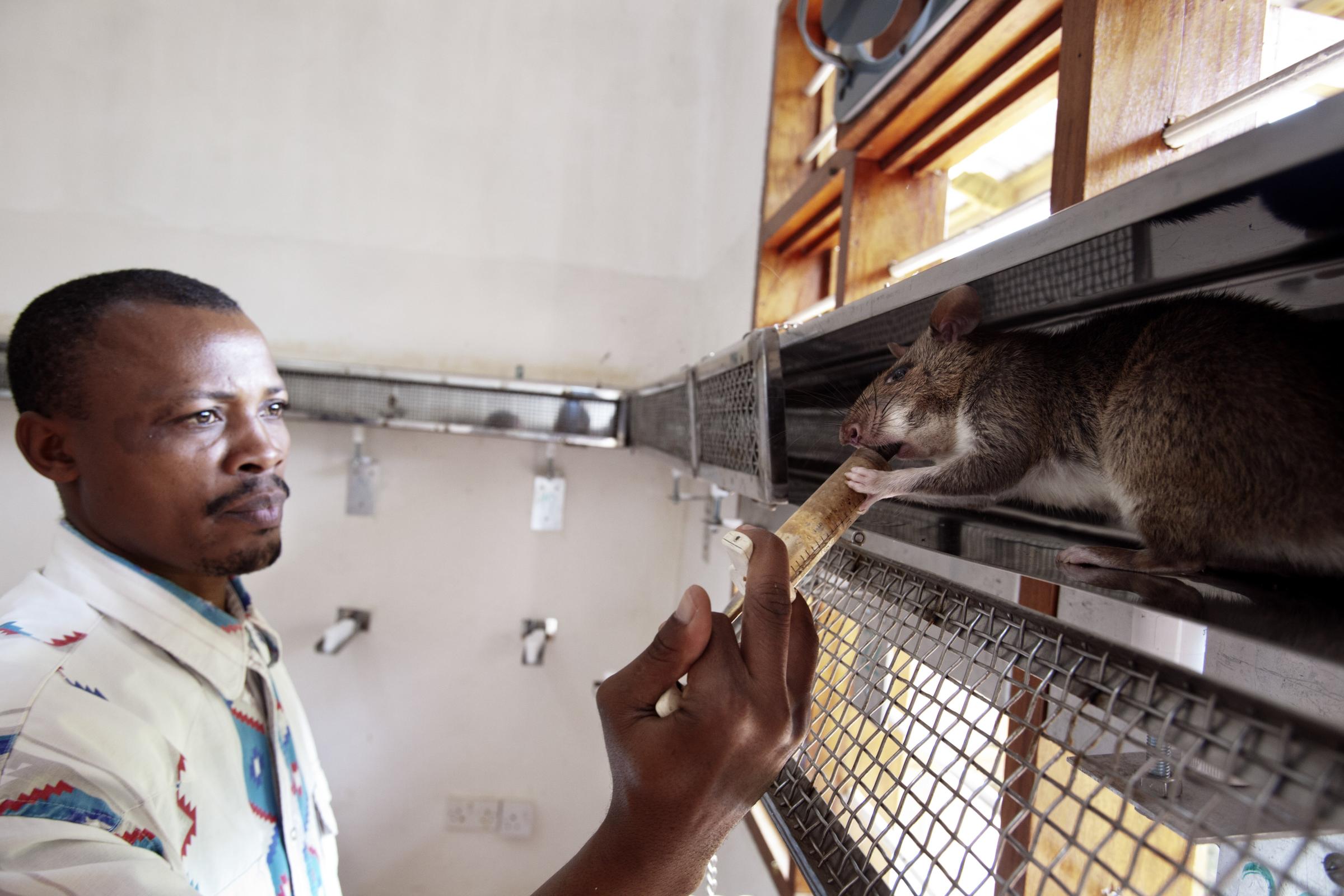
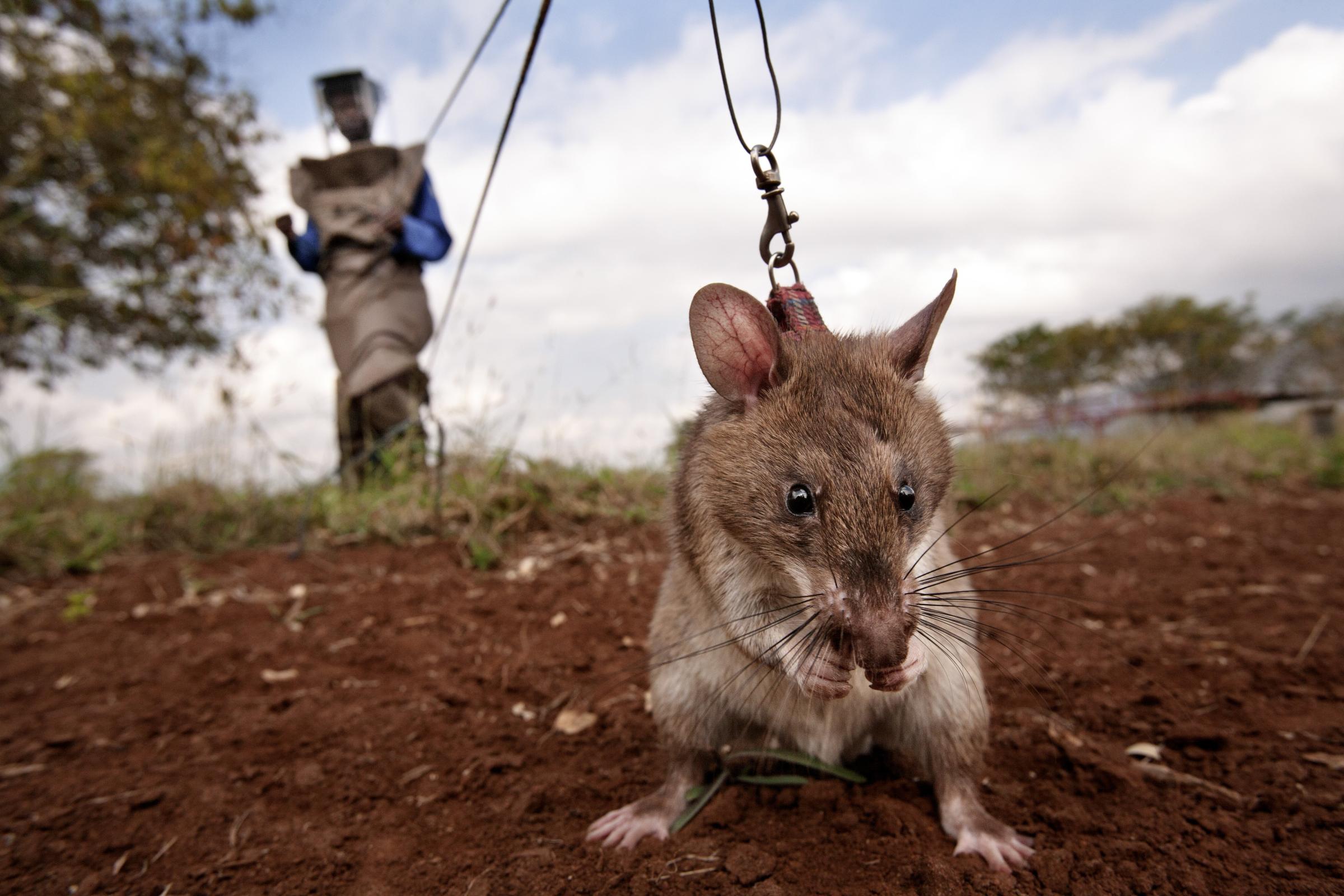

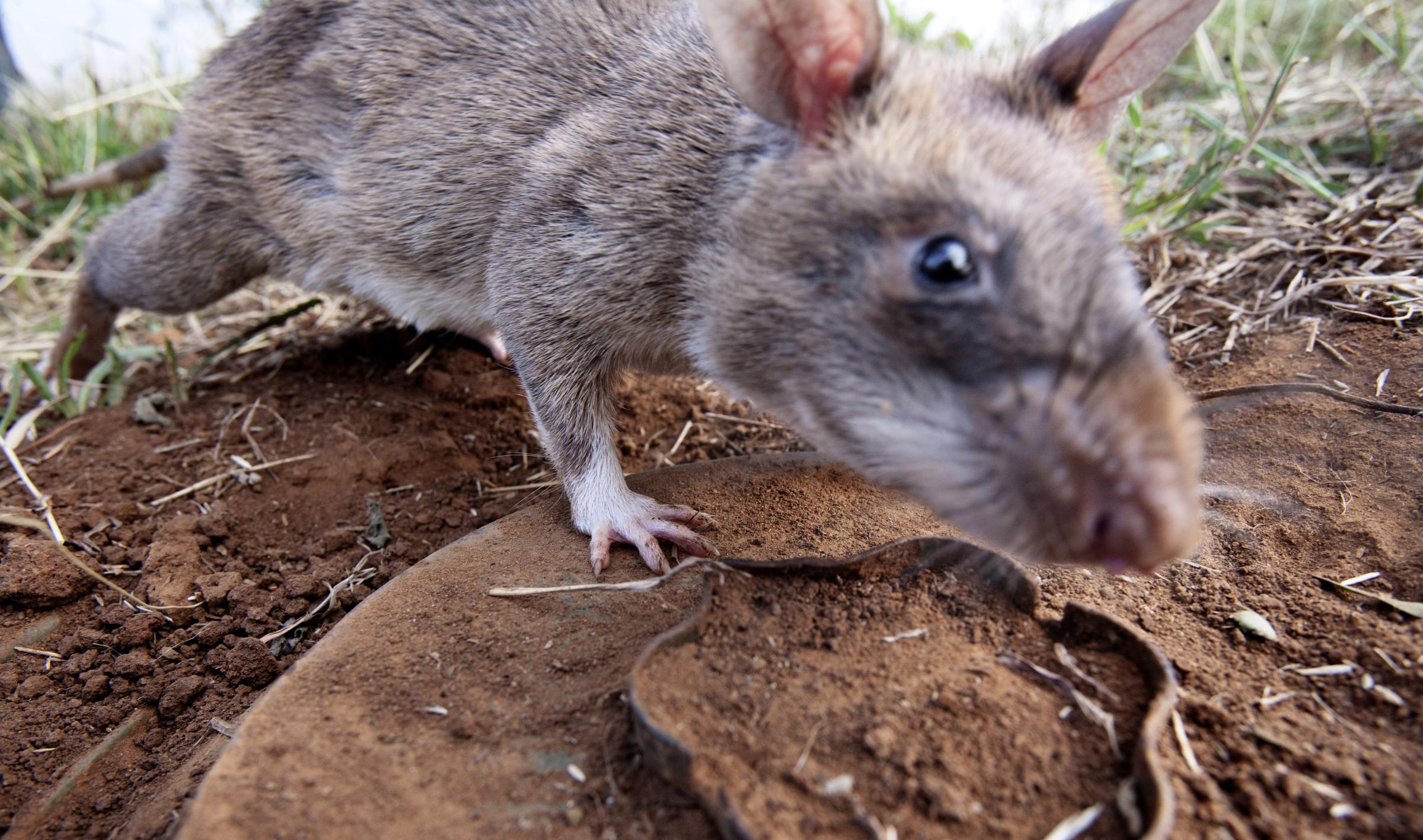
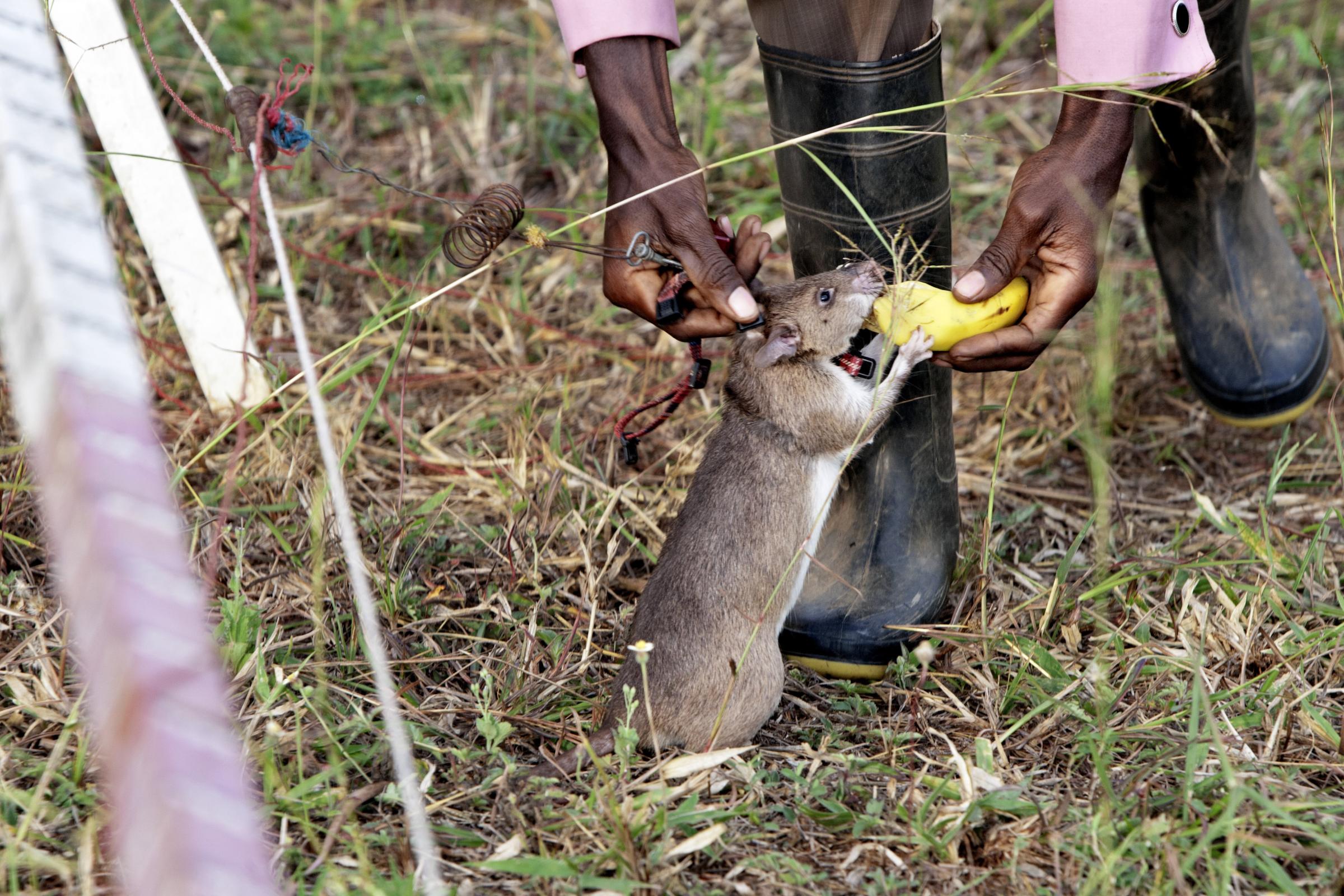
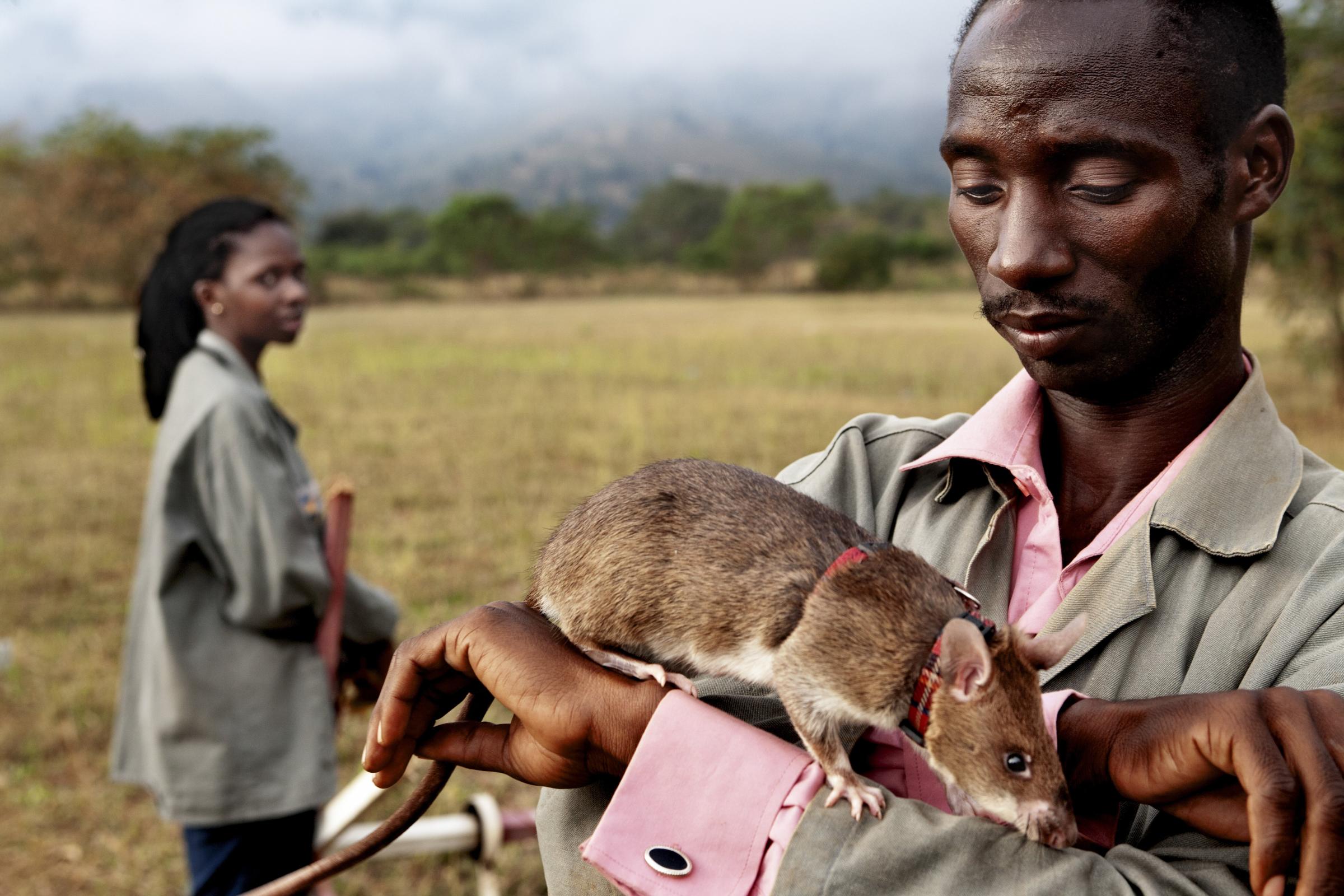
More Must-Reads From TIME
- Dua Lipa Manifested All of This
- Exclusive: Google Workers Revolt Over $1.2 Billion Contract With Israel
- Stop Looking for Your Forever Home
- The Sympathizer Counters 50 Years of Hollywood Vietnam War Narratives
- The Bliss of Seeing the Eclipse From Cleveland
- Hormonal Birth Control Doesn’t Deserve Its Bad Reputation
- The Best TV Shows to Watch on Peacock
- Want Weekly Recs on What to Watch, Read, and More? Sign Up for Worth Your Time
Contact us at letters@time.com